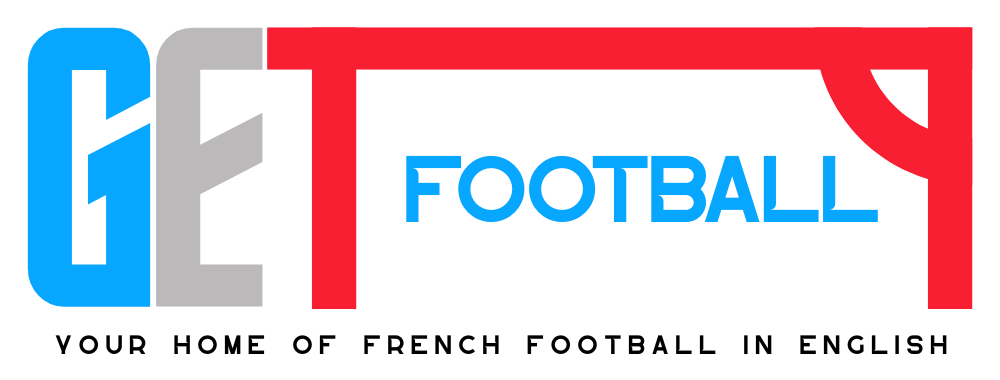Valenciennes FC’s visit to FC Mulhouse in the eighth round of the Coupe de France was interrupted after clashes between supporters and the police broke out, in the latest incident of crowd troubles impacting French football.
L’Alsace reported that the game was stopped after only eight minutes of play when the police allegedly attempted to arrest a Mulhouse supporter in possession of a pyrotechnic device.
Fights between the police and the ultras groups broke out as they attempted to arrest this individual, to which the police responded by using tear gas.
The gas then quickly spread to the surrounding sections of the stadium leading to a partial evacuation of the ground, with some people needing treatment from the emergency services present at the Stade de L’Ill due to the teargas, while a police officer suffered minor injuries to the face.
This led to a delay of twenty minutes before the game between the side from the Championnat National 3 and their Ligue 2 visitors could be resumed.
Valenciennes’ struggles in Ligue 2 looked to continue as they needed penalties to progress to the next round against an opposition three divisions below them after the game finished 1-1.










